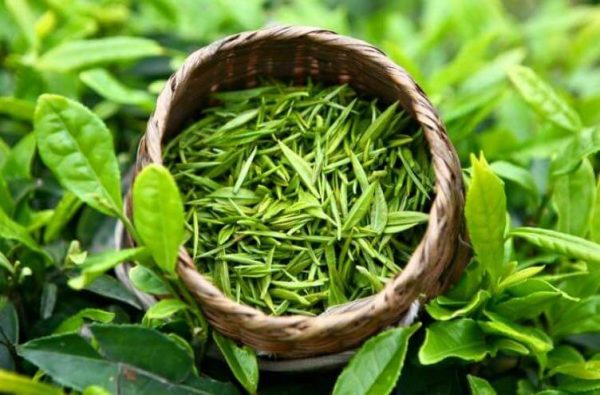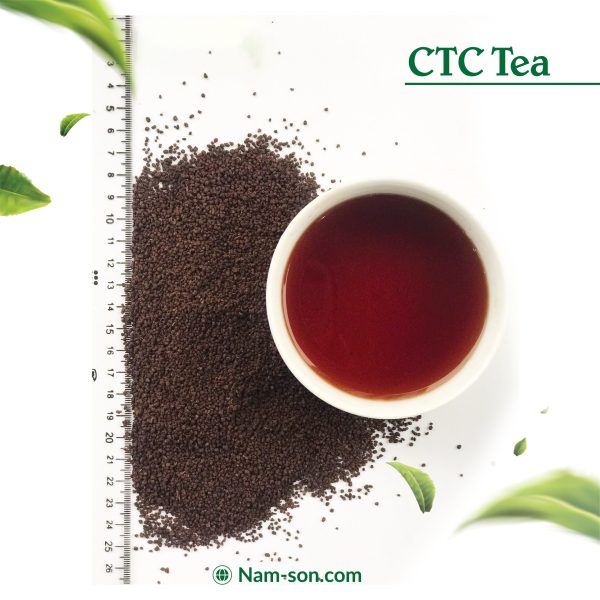How to Classify CTC Tea
CTC tea is renowned for its rich flavor and efficient production process. But do you know how to classify these types of tea? In this article, we’ll explain how to classify CTC tea, focusing on key factors such as grade, origin, and distinctive flavor profiles.
What is CTC?
CTC stands for Crush, Tear, Curl, which is a method of processing tea leaves. During this process, the leaves are crushed, torn, and curled into small pellets. The CTC method is primarily used for black tea and is celebrated for producing a bold flavor, making it ideal for brewing tea with milk.
However, the market offers a wide variety of CTC teas. To find the flavor that best suits your preferences, let’s explore the classification of CTC tea.
1. Classification by Grade
CTC tea is often categorized by grade, which refers to the size and quality of the tea particles produced during the CTC process. The main grades include:
- BP (Broken Pekoe): One of the larger particle sizes, BP is known for producing a robust cup of tea. The leaves are less fine than other grades and require a slightly longer steeping time.
- BOP (Broken Orange Pekoe): This grade is finer than BP and consists of smaller tea particles. It delivers a stronger flavor and darker color, making it popular for tea bags.
- PD (Pekoe Dust): PD represents an even finer grade of CTC tea. It brews very quickly, resulting in a concentrated cup with a deep color.
- F (Fannings): Fannings are small tea particles commonly used in tea bags. They brew quickly and have a potent flavor.
- D (Dust): The smallest grade, Dust, is typically used to produce tea bags. It brews the fastest and yields an extremely strong cup of tea, perfect for those who enjoy robust flavors.
2. Classification by Origin
Like other types of tea, CTC tea is classified by its region or country of origin. Different growing conditions, including climate and soil, significantly affect the tea’s flavor. Notable regions for CTC tea production include:
- Assam, India: Assam CTC tea is famous for its bold flavor with malty notes. The humid, tropical climate enhances the tea leaves’ richness.
- Kenya: Kenyan CTC tea is known for its strong flavor and bright color, appealing to those who enjoy a vibrant cup.
- Sri Lanka (Ceylon): Ceylon CTC tea offers a lighter flavor with citrus notes, often resulting in a balanced and refreshing taste.
- Vietnam: Vietnam is an emerging region for high-quality CTC tea. CTC teas from Vietnam are often strong and sharp, similar to Assam.
3. Classification by Flavor
While most CTC teas are robust and full-bodied, their flavors can vary based on grade and origin. Common flavor profiles include:
- Malty: A rich and warm flavor typical of Assam CTC tea.
- Bold: A strong and vibrant flavor found in Kenyan CTC tea.
- Citrusy: A lighter, fresher taste characteristic of Ceylon tea.
- Earthy: Some CTC teas, especially those grown in unique climates, may have an earthy undertone, adding uniqueness to the flavor.
4. Classification by Usage
CTC tea can also be categorized by its intended use:
- Tea Bags: Finer grades, such as Fannings and Dust, are often used in tea bags due to their quick brewing properties.
- Loose Leaf Tea: Larger grades like BP and BOP are typically sold as loose leaf tea, ideal for those who prefer traditional brewing methods with longer steeping times.
Conclusion
Understanding how to classify CTC tea helps you choose the right type that matches your personal preferences, whether you’re looking for a strong, quick-brewing tea or a specific flavor from a particular region. By considering the grade, origin, flavor profile, and intended use, you can make informed decisions when purchasing CTC tea.


